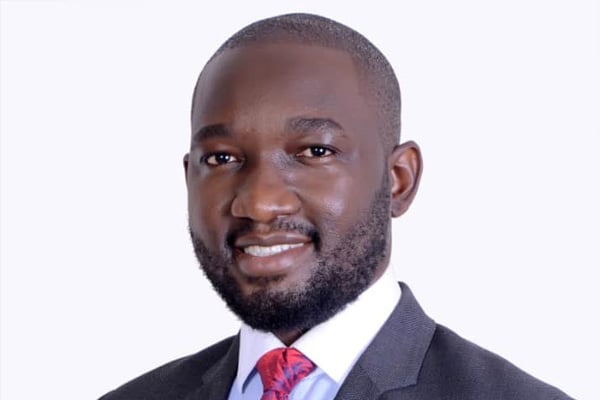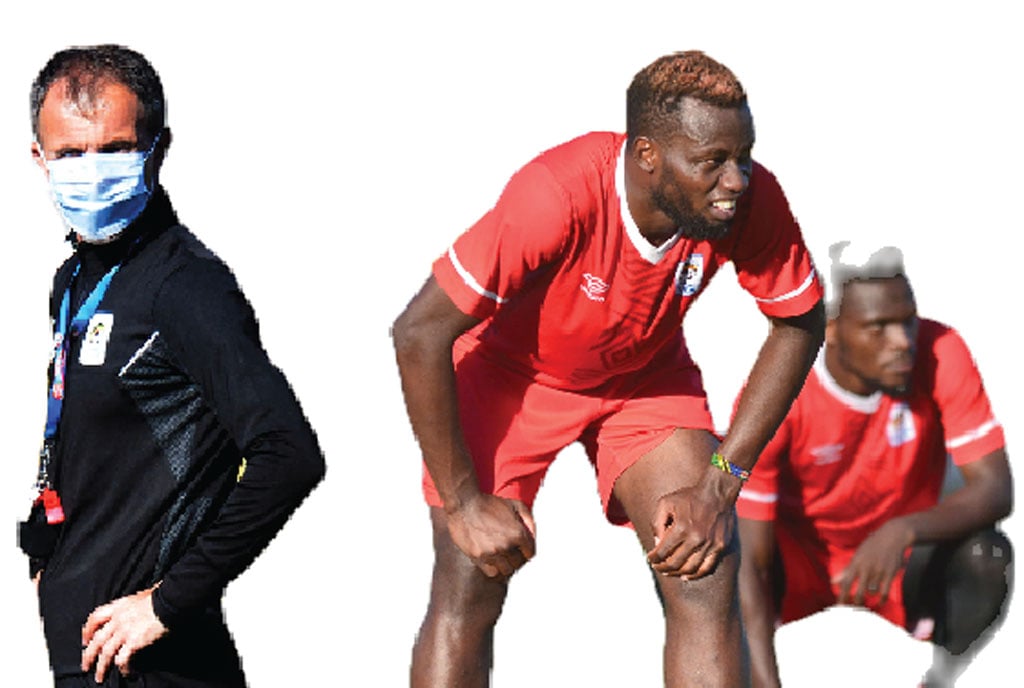The Sentamu-Fufa standoff resurrects age-old discussion on image rights

Ivan Ojakol
What you need to know:
- Mo Salah had a feud with Egyptian FA and won his image rights
The Daily Monitor carried an interesting article this week, “Inside Sentamu’s Cranes omission” written by Andrew Mwanguhya.
The article pointed out a number of alleged reasons why Yunus Sentamu could have been omitted from the Cranes squad but what stood out for me and is the subject of this article was ‘In the run-up to the Fufa Awards last December, Sentamu was asked by organisers to do a promotion for Airtel but he declined, saying Airtel should pay him’
This was particularly poignant because in the week prior, the football and sports world was gripped by the mystery of Kylian Mbappe’s next move which eventually culminated in his staying at PSG for another three years, penning what has been dubbed arguably the most lucrative contract in football history or even sports.
It was reported that one of the incentives that had convinced Mbappe to sign for PSG over Real Madrid was that he was granted ownership of one hundred percent of his image rights.
The High Court of Uganda has previously defined Image Rights as ‘Personality Rights’, ‘the right of publicity’, and ‘the right to be left alone’. It explained that these rights ‘give an individual the right to control the commercial use of their name, image, likeness, or other unequivocal aspects of one’s identity.’
The court added that ‘they give one the power to keep one’s image from being exploited commercially without permission or compensation’.
Yunus Sentamu might not be the biggest of superstars, but in his own right, he is a brand if at least we are to go by his exploits on the pitch in the last couple of seasons for Vipers or even his short-lived stint in professional ranks. Image Rights protect his brand.
A strong brand can potentially generate good revenue for athletes, the same way it does for artistes. You simply cannot begrudge Yunus Sentamu for being in charge of his Image Rights, especially for a person like him who has played abroad in professional football leagues.
He has seen the likes of David Beckham, Lionel Messi, and Christiano Ronaldo own trademarks that have enabled them to commercialise their identity and images. Image Rights and Trademark law are intertwined.
Many of these sports stars have their Image Rights managed by Image Rights Companies and will more often than not contract their Image Rights separately from their employment contracts.
Mohamed Salah not so long ago cast the spotlight on the legal controversy around Image Rights in a dispute between him and the Egyptian Football Federation where the latter used the former’s image to endorse a telecommunication company without his consent.
The Egyptian FA initially claimed that they had the right to use Salah’s image but eventually, Mohamed Salah prevailed over them.
Away from Image Rights, Andrew Mwanguhya’s article made me think about the need for a proper, transparent, and efficient sports dispute resolution regime in Uganda akin to Kenya’s Sports Disputes Tribunal. I guess this will be the subject of another article. Yes, Fufa have its internal dispute resolution mechanisms, but there are still lingering questions about their trustworthiness as fora where footballers can achieve justice.
Yunus Sentamu could have inadvertently through his defiance performed a revolutionary act that could spark the Image Rights revolution in Ugandan sport going a long way in helping to professionalise the sport.
Yunus Sentamu has played his part, let us pick up from there and continue the advocacy for Image Rights in Ugandan sport.
The author, Ivan Ojakol, is a Sports Lawyer and Lecturer
[email protected]




